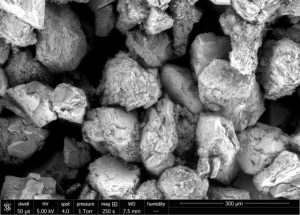Abstract: Recent developments in ultrasonic testing hardware, such as air-coupled
sensors and multielement shear wave dry-point contact arrays, have
brought about a new capability to image the interior of reinforced
concrete structures. Data acquired from air-coupled transducers are
often reconstructed by using tomographic algorithms, especially when
a through-thickness configuration is used to collect data. Data acquired
from multielement shear wave arrays are normally reconstructed with
the synthetic aperture focusing technique (SAFT), under which the
data are collected by using a one-sided pitch-catch configuration. Both
approaches are helpful in characterizing full-scale reinforced concrete
structures, although each produces a different type of image with distinct
characteristics. The differences between the two test methods and data
inversion schemes are investigated. Ultrasonic data are collected from
a full-scale reinforced concrete column specimen by using air-coupled
P-wave transducers and a multielement shear wave array unit. The
through-thickness P-wave data are interpreted through tomographic
inversion and multielement shear wave data through SAFT reconstructions.
The sample column contains embedded artificial defects, including
Styrofoam and precracked concrete blocks. The results indicate that
both ultrasonic methods produce meaningful internal images with different
perspectives. The tomographic reconstructions are insensitive to
small cracks and the presence of internal steel bars. The SAFT reconstructions
are limited by energy penetration into the structure. On the
basis of the comparison study, appropriate applications of ultrasonic
imaging tests for each method are suggested.
Authors: Hajin Choi, James A. Bittner, and John S. Popovics
Full Article: http://trrjournalonline.trb.org/doi/pdf/10.3141/2592-14



